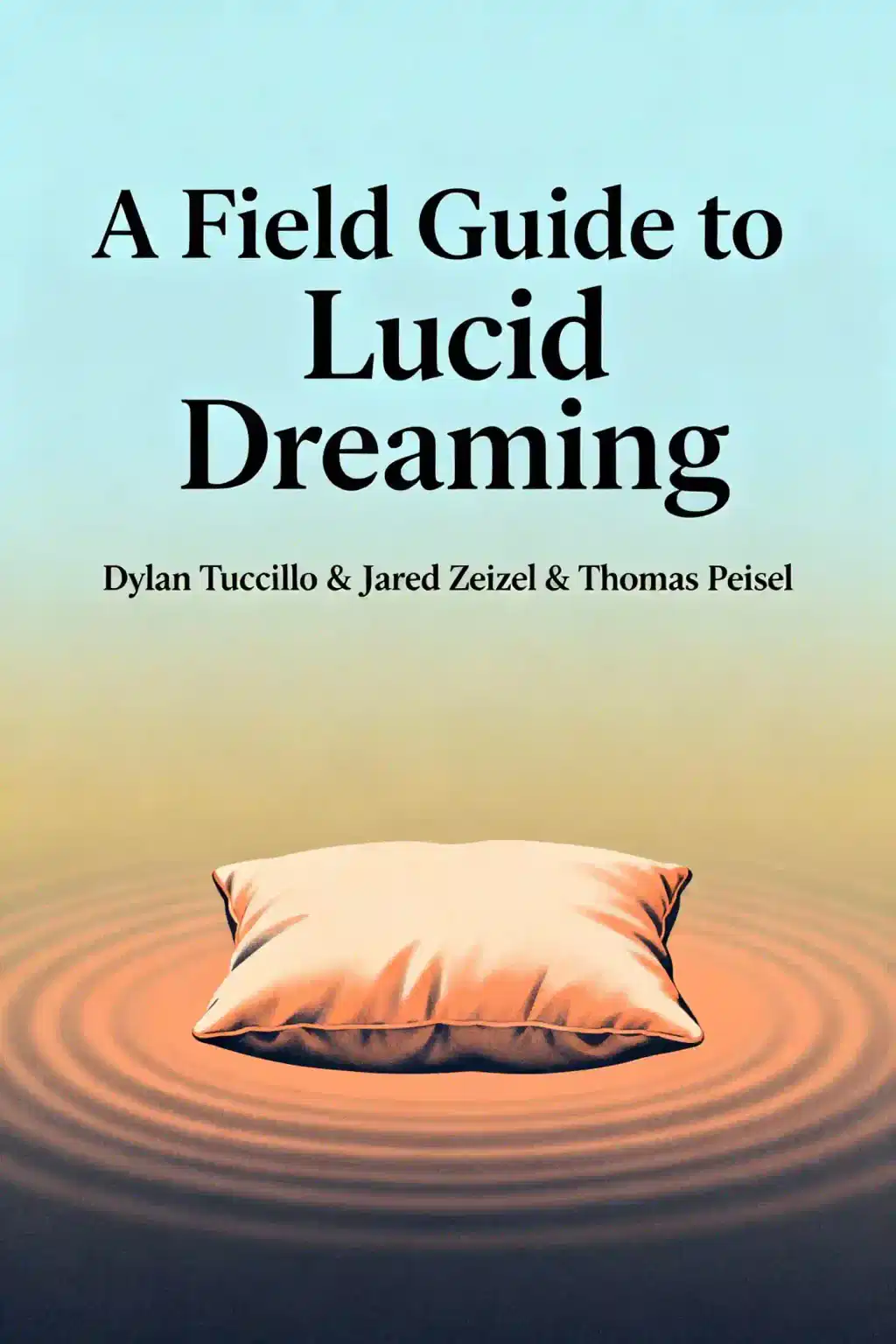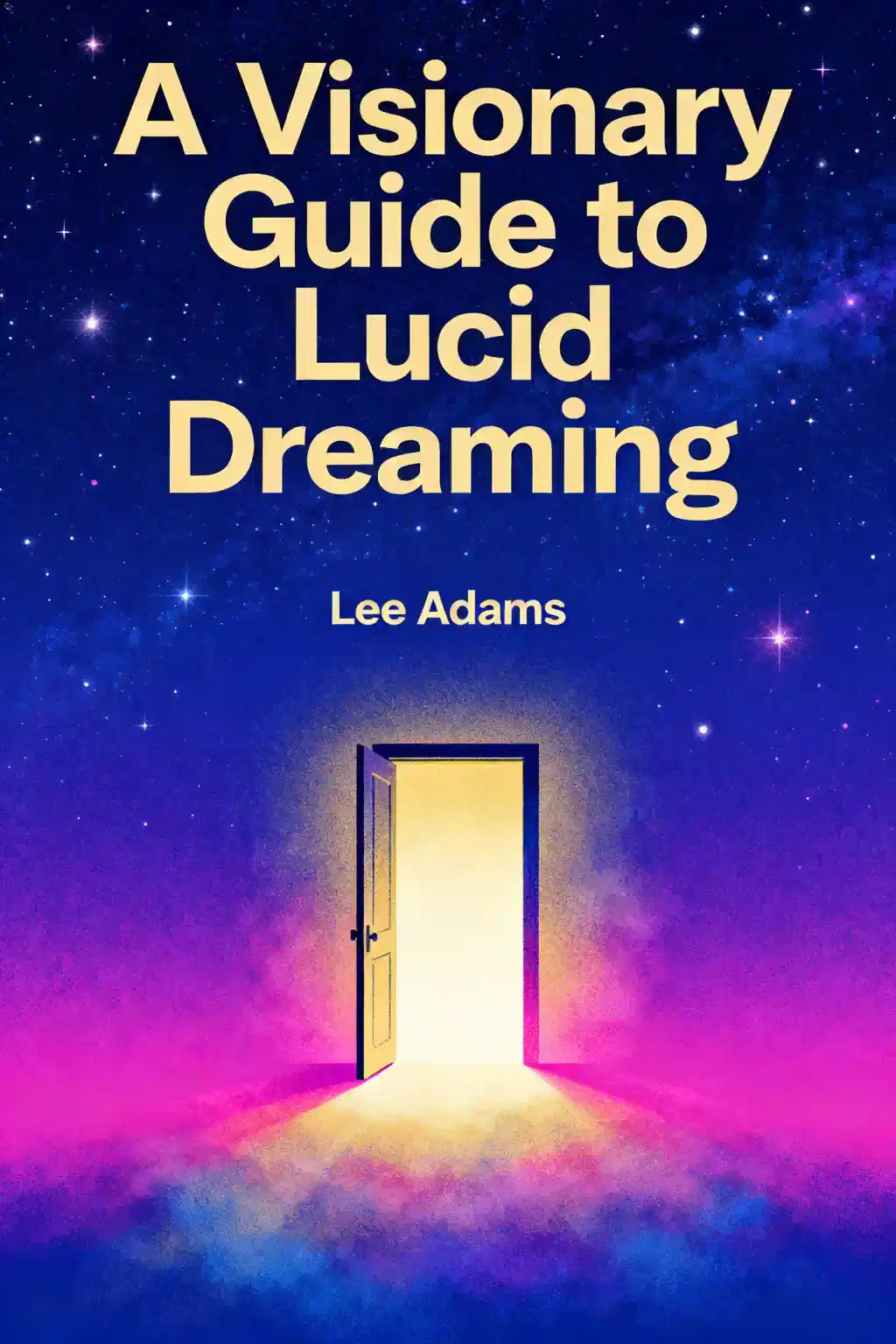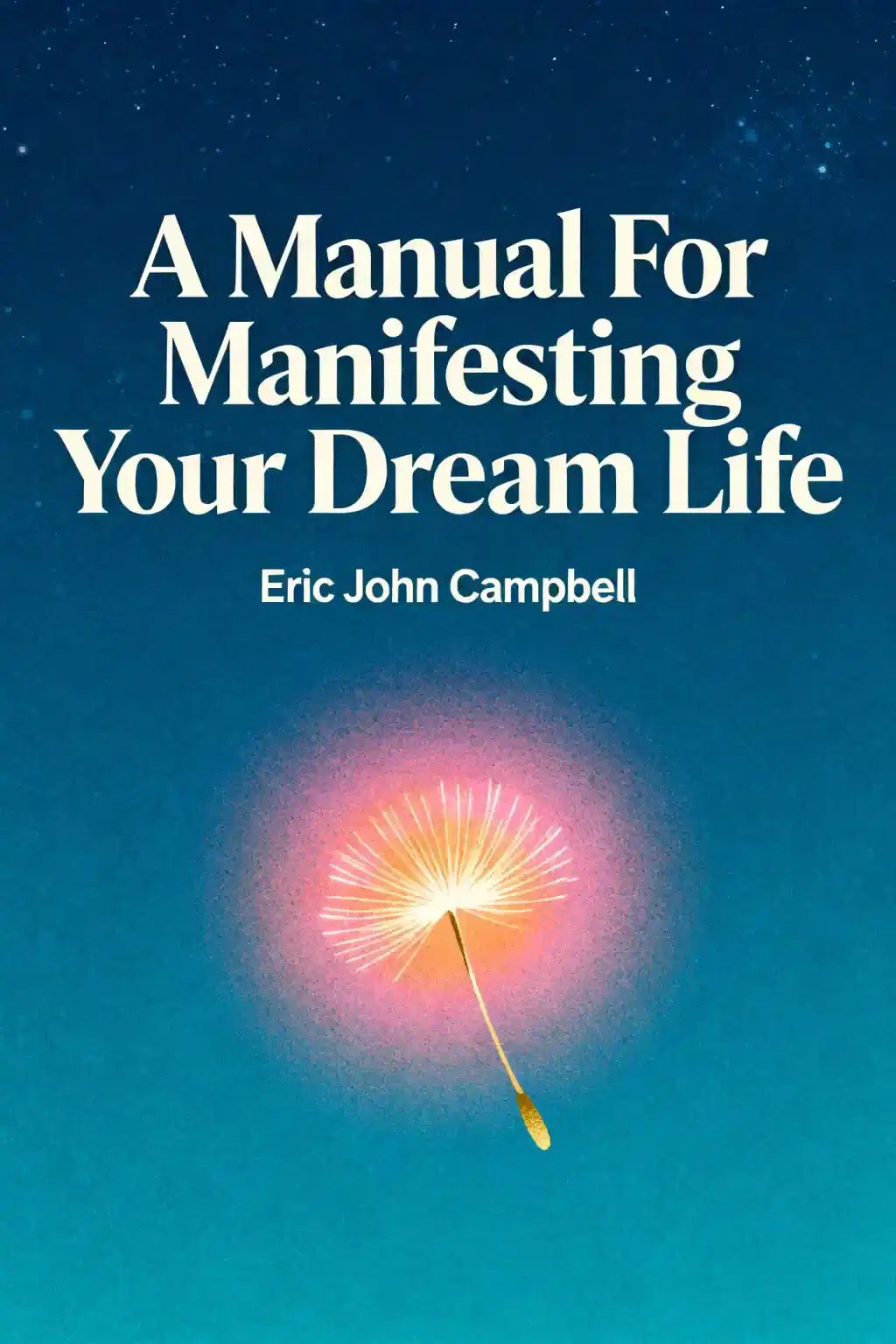What is
A Field Guide to Lucid Dreaming about?
A Field Guide to Lucid Dreaming by Dylan Tuccillo, Jared Zeizel, and Thomas Peisel is a practical manual for mastering lucid dreaming—the ability to consciously explore and control dreams. It provides step-by-step techniques like reality checks, dream journaling, and the wake-back-to-bed method to achieve lucidity, while emphasizing self-discovery, creativity, and overcoming fears through dream navigation. The book blends scientific insights with whimsical storytelling to demystify oneironautics (dream exploration).
Who should read
A Field Guide to Lucid Dreaming?
This book is ideal for beginners curious about lucid dreaming, as well as experienced dreamers seeking structured techniques. It’s tailored for those interested in self-improvement, creative problem-solving, or overcoming nightmares. Psychology enthusiasts and mindfulness practitioners will also find value in its exploration of subconscious realms.
Is
A Field Guide to Lucid Dreaming worth reading?
Yes—the book is praised for its accessibility, combining actionable advice (like the WILD and DILD techniques) with motivational case studies. It avoids dogma, encouraging readers to experiment and draw their own conclusions. Reviews highlight its engaging tone, making it a refreshing choice compared to more technical guides.
What are the best techniques from
A Field Guide to Lucid Dreaming?
Key methods include:
- Reality checks: Regularly questioning if you’re awake to trigger lucidity in dreams.
- Dream journaling: Recording dreams to identify patterns and improve recall.
- Wake-Back-to-Bed (WBTB): Waking after 6 hours, then returning to sleep to target REM cycles.
- Mnemonic Induction (MILD): Repeating intentions like “I will realize I’m dreaming” before sleep.
How does
A Field Guide to Lucid Dreaming define lucidity?
The authors describe lucid dreaming as “the ability to know you’re dreaming while you’re dreaming,” enabling conscious control over dream narratives. It’s framed as a tool for personal growth, allowing dreamers to confront fears, enhance creativity, and interact with subconscious “dream characters.”
What is the WILD technique in
A Field Guide to Lucid Dreaming?
Wake-Initiated Lucid Dreaming (WILD) involves transitioning directly from wakefulness to a dream state while maintaining awareness. The book details how to use hypnagogic imagery (visuals seen when falling asleep) to enter dreams, calling it a challenging but rewarding method for stable, vivid lucid experiences.
How does
A Field Guide to Lucid Dreaming suggest using dreams for problem-solving?
The authors recommend “dream incubation”—setting an intention to solve a specific problem before sleep. Lucid dreamers can then seek guidance from dream characters or test solutions in a risk-free environment. For example, one case study describes a writer overcoming writer’s block through dream-inspired ideas.
What role does REM sleep play in lucid dreaming, according to the book?
REM sleep, which occurs in longer cycles later in the night, is critical for lucid dreaming. The WBTB technique leverages these cycles by interrupting sleep to heighten awareness before re-entering REM. The book explains how tracking sleep stages can optimize success rates.
How does
A Field Guide to Lucid Dreaming address nightmares?
It encourages confronting nightmares lucidly to reframe fear into empowerment. Techniques include:
- Recognizing nightmare patterns as dream signs.
- Using reality checks to trigger lucidity.
- Reheasing positive outcomes while awake (e.g., “If I see a monster, I’ll fly away”).
What are “dream characters” in
A Field Guide to Lucid Dreaming?
The book categorizes dream figures into three archetypes:
- Sleepwalkers: Unaware entities mirroring routine behaviors.
- Friends: Semi-aware characters offering casual interactions.
- Guides: Highly conscious beings providing insights or wisdom. Engaging with them is suggested for self-discovery.
How does
A Field Guide to Lucid Dreaming compare to other books on the topic?
Unlike dense academic texts, this guide prioritizes accessibility with conversational prose, exercises, and relatable anecdotes. It stands out for balancing practicality (e.g., REM cycle charts) with philosophical musings on consciousness.
Can beginners use
A Field Guide to Lucid Dreaming effectively?
Absolutely—the book avoids jargon and simplifies advanced concepts. Beginners appreciate its structured approach, while seasoned lucid dreamers value its fresh perspectives on dream control and subconscious exploration.




















